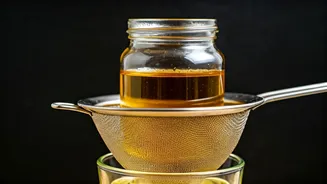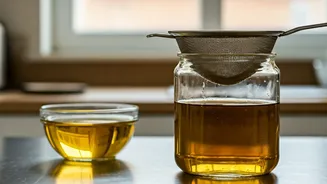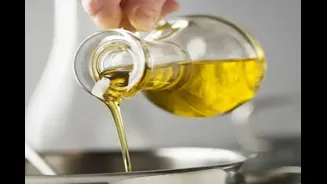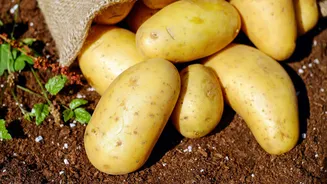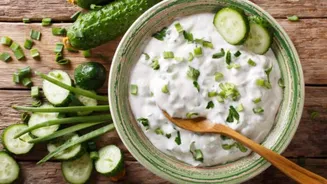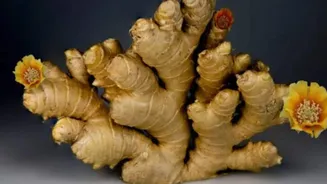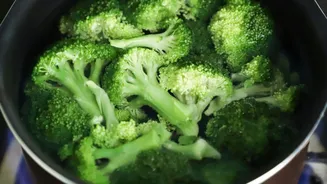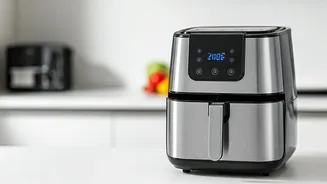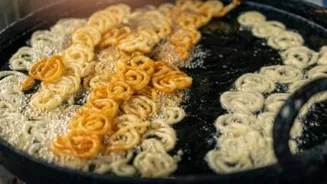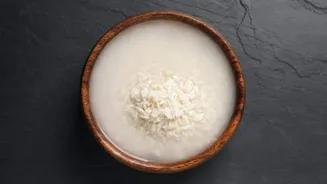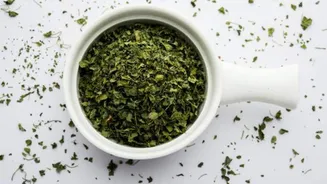Cool, Strain, Store
The initial step in safely reusing cooking oil involves proper handling immediately after use. Start by allowing the oil to cool completely. This prevents
any potential burns and makes the next steps easier. Once cooled, strain the oil to remove food particles and sediment. This is a critical step, as these particles can burn and impart off-flavors to subsequent dishes. Use a fine-mesh strainer lined with several layers of cheesecloth or a dedicated oil strainer for the best results. Finally, store the strained oil in an airtight container. This protects it from air, light, and contaminants, all of which can degrade the oil and shorten its lifespan. Always choose a container made of a material that is compatible with oil, such as glass or food-grade plastic, and label it with the date of preparation.
Smell Test: Oil Safety
Before you reuse your oil, perform a simple smell test to assess its safety. Fresh, clean oil has a neutral or slightly oily scent. If the oil smells rancid, stale, or off in any way, it's a sign that it has gone bad and shouldn't be used. This change in smell is often due to oxidation or the breakdown of the oil due to heat and exposure to air. Avoid using oil that smells strongly of the foods previously cooked in it. For instance, if you fried onions in the oil, it might impart a slight onion flavor in later dishes, which may not always be desirable. In addition to a bad smell, other indications of unsafe oil include a dark color, excessive smoking when heated, and a thick, gummy consistency.
Repeated Heating Concerns
Repeated heating of cooking oil can be detrimental to both its quality and your health. When oil is heated repeatedly, it undergoes chemical changes. These changes include the breakdown of its healthy components and the formation of harmful compounds. These compounds, such as polar compounds and free radicals, have been linked to various health problems. Therefore, the frequency of reusing oil should be limited, and the heating temperature should be monitored. Avoid high-heat cooking and prolonged frying times. For best practices, it's generally recommended to discard the oil after a few uses, particularly if you are frying at high temperatures or using the oil for extended periods.
Goodbye, Dirty Oil!
When the oil has reached the end of its life, it's important to dispose of it properly, rather than pouring it down the drain. Pouring oil down the drain can cause blockages in pipes and contribute to environmental issues. There are more sustainable and eco-friendly ways to handle used oil. A simple method to handle used cooking oil involves mixing it with soil in plant pots, where it can potentially help repel insects. Another option involves disposing of the cooled and solidified oil in a sealed container, along with your regular household waste. However, check your local waste disposal guidelines. Some communities offer oil recycling programs, which provide a more environmentally friendly method of disposal.
